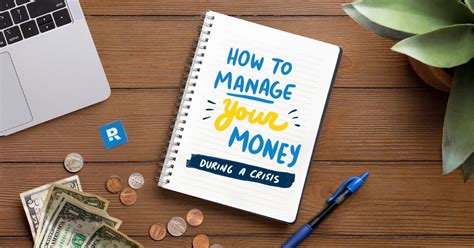Laying the Foundation: Why Financial Security Matters
For men, financial security often underpins a sense of stability, control, and freedom. Building an emergency fund and eliminating debt are not just about numbers; they’re about fortifying your future against unexpected challenges and freeing up resources to pursue your goals. Whether it’s providing for family, pursuing a passion, or simply reducing stress, mastering your money is a crucial step.
This guide will break down the actionable strategies necessary to achieve both a robust emergency fund and an aggressive debt repayment plan.

Phase 1: Building a Rock-Solid Emergency Fund
An emergency fund is your financial safety net, designed to cover unexpected expenses like job loss, medical emergencies, or significant car repairs without derailing your financial progress or forcing you into debt. The goal is typically to save 3-6 months’ worth of essential living expenses.
Step 1: Understand Your Baseline Expenses
Before you can save, you need to know exactly how much you spend. Track all your income and expenses for a month or two. Categorize spending to identify essential costs (rent/mortgage, utilities, food, transportation, insurance) versus discretionary spending (dining out, entertainment, subscriptions).
Step 2: Set a Clear, Achievable Savings Goal
Once you know your essential monthly expenses, multiply that number by 3 to 6. This is your target. Start small if necessary; even $500 in a starter fund is better than nothing. Break your large goal into smaller, monthly targets.
Step 3: Automate Your Savings
The most effective way to build an emergency fund is to make it automatic. Set up a recurring transfer from your checking account to a separate, high-yield savings account immediately after you get paid. Treat this transfer like a non-negotiable bill.

Step 4: Slash Unnecessary Spending
Review your budget for areas where you can cut back. Can you cook more at home, reduce subscription services, or find cheaper alternatives for entertainment? Every dollar redirected from discretionary spending to your emergency fund accelerates your progress.
Step 5: Boost Your Income
Consider ways to earn extra money. This could involve freelancing, taking on a side hustle, selling unused items, or asking for a raise at your current job. Direct all extra income straight into your emergency fund until your goal is met.
Phase 2: Aggressively Paying Down Debt
Once your emergency fund has a respectable start (e.g., $1,000 or one month’s expenses), you can pivot to attacking debt more aggressively while still contributing a smaller amount to savings. The goal is to eliminate high-interest debt first to save money on interest payments.
Step 1: List All Debts
Compile a complete list of all your debts, including credit cards, personal loans, student loans, and car loans. For each debt, note the outstanding balance, interest rate, and minimum monthly payment.

Step 2: Choose a Repayment Strategy (Snowball or Avalanche)
- Debt Avalanche: Focus on paying off the debt with the highest interest rate first, while making minimum payments on all other debts. Once the highest-interest debt is paid, take the money you were paying on it and apply it to the next highest-interest debt. This method saves you the most money on interest.
- Debt Snowball: Focus on paying off the debt with the smallest balance first, while making minimum payments on all other debts. Once the smallest debt is paid, take the money you were paying on it and apply it to the next smallest debt. This method provides psychological wins that can keep you motivated.
Step 3: Allocate Extra Funds Towards Debt
Just as with your emergency fund, any extra money you can free up from your budget or earn from side hustles should be directed towards your chosen target debt. Make these extra payments directly to the principal to reduce the total interest paid.

Step 4: Avoid Accumulating New Debt
During your debt repayment journey, it’s crucial to resist taking on new debt. Cut up credit cards if necessary (but keep the accounts open for credit history), and use your emergency fund for genuine emergencies rather than relying on credit.
Step 5: Consider Debt Consolidation or Refinancing
For high-interest debts, especially credit card balances, consider options like a personal loan with a lower interest rate to consolidate multiple debts, or a balance transfer credit card (if you can pay it off before the promotional period ends). Always weigh the pros and cons carefully and ensure you understand all terms and fees.
Maintaining Momentum and Looking Ahead
Building an emergency fund and aggressively paying down debt are not one-time tasks but ongoing disciplines. As you achieve milestones, celebrate your progress but remain vigilant. Once your emergency fund is fully funded and your high-interest debts are cleared, you can shift your focus to investing, saving for a down payment, or planning for retirement.
The financial freedom gained through these actionable steps empowers men to make choices aligned with their values, pursue their ambitions, and live with greater peace of mind.





